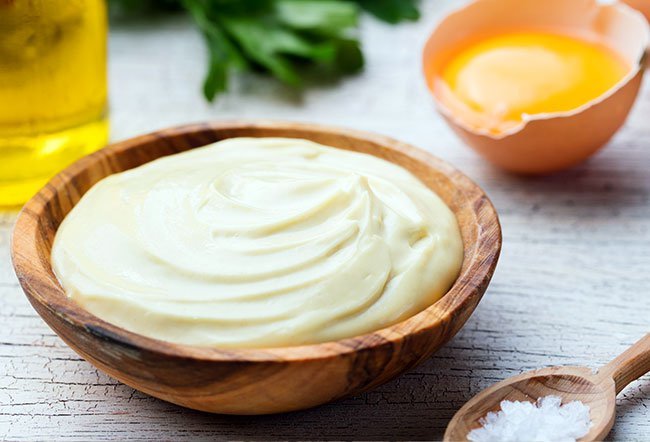What Foods Are High in Cholesterol?
High cholesterol can clog your blood vessels, damage your heart health, and increase the risk of stroke.
Poor eating habits, fast food culture, the stress of modern life, and a lack of physical activity have led to high cholesterol levels especially in the U.S.:
- About 93 million American adults over the age of 20 have total cholesterol levels higher than 200 mg/dL (lower than 200 mg/dL being the recommended level of cholesterol in healthy adults).
- About 29 million American adults have total cholesterol levels higher than 240 mg/dL (moderately high levels of cholesterol).
- 7% of children and adolescents in the U.S. between the age of 6-19 years have high total cholesterol levels.
Is all cholesterol bad for you?
When most people think of cholesterol, they immediately equate it to bad health. However, some cholesterol is actually essential for good health. Your body needs cholesterol to synthesize vitamin D and hormones, as well as to maintain the proper structure and functioning of your cells.
So a balanced diet of complex carbs, fiber, protein, antioxidants, and good fats can help your body balance its lipid profile, which includes both blood cholesterol and triglyceride levels.
What is the difference between good and bad cholesterol?
Cholesterol is classified as “good” or “bad” and it’s important to understand the distinction when choosing your diet. Cholesterol travels through the body in two types of lipoproteins:
- Low-density lipoprotein (LDL), also called “bad” cholesterol. This makes up most of your body’s cholesterol and is responsible for cholesterol’s bad rep.
- High-density lipoprotein (HDL), or “good” cholesterol. This absorbs cholesterol from the blood vessels and carries it back to the liver. The liver then flushes it from the body. High levels of HDL cholesterol lower your risk of heart disease and stroke.
The United States Department of Agriculture (USDA) recommends that we limit saturated fats to less than 10% of our daily calorie consumption. This means restricting our intake of bad cholesterol.
What foods high in cholesterol should you avoid?
Foods that are high in cholesterol include:
- Full-fat dairy (full-fat milk, cheese, full-fat yogurt, and cream)
- Animal fats (lard, suet, butter, bacon fat)
- Coconut oil and palm oil
- Red meat (steaks, loins, fatty cuts of beef, mutton, and processed meat products such as sausages and bacon)
- Egg yolk, prawns, and offal
- Prawns, crab, lobster, squid, octopus, and cuttlefish
- Deep-fried foods
- Fast food (hamburgers, pizza, fries)
- Processed foods (such as cookies, cakes, and pastries)
What are healthy foods that are high in cholesterol?
Foods that contain healthy fats rich in HDL or good cholesterol include:
- Mackerel, herring, tuna, salmon, and trout. For maximum health benefits, these should be baked, steamed, or grilled.
- Olive oil, walnut oil, flaxseed oil, and canola oil. These can be used to sauté veggies or used as salad dressing and dips in place of butter.
- Nuts (walnuts, peanuts, and almonds) and seeds (flax seeds and chia seeds) are a great source of healthy fats.
- Avocados are also rich in good fats and work well as a dip or over raw veggies.
As with anything, it's important to remember that moderation is the key. Consuming excess amounts of even good fats can lead to unhealthy blood cholesterol levels and contribute to health conditions such as obesity and diabetes.

